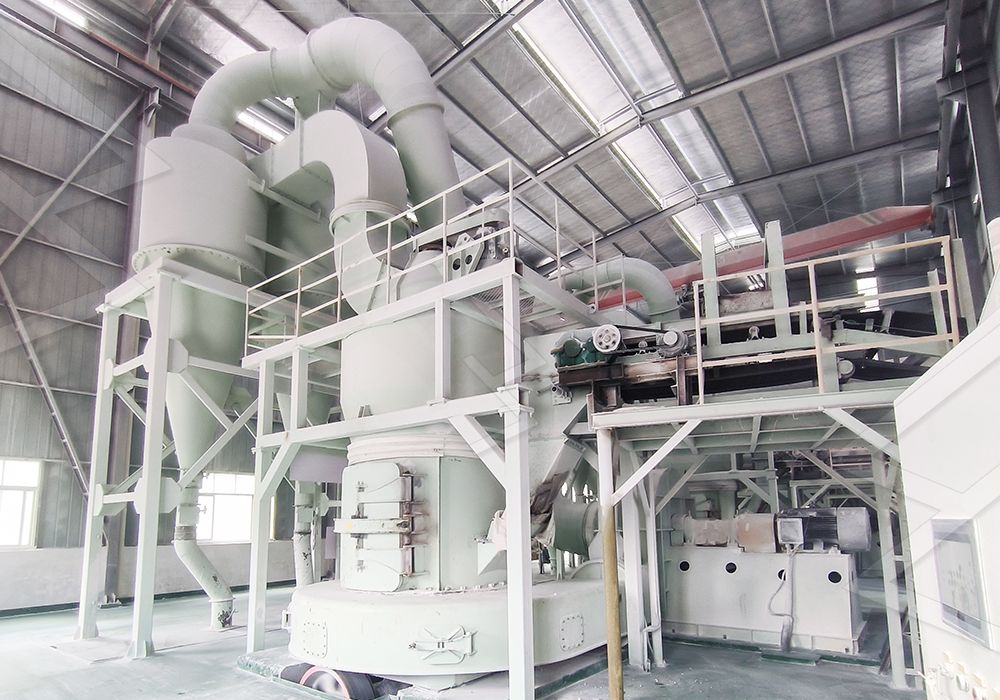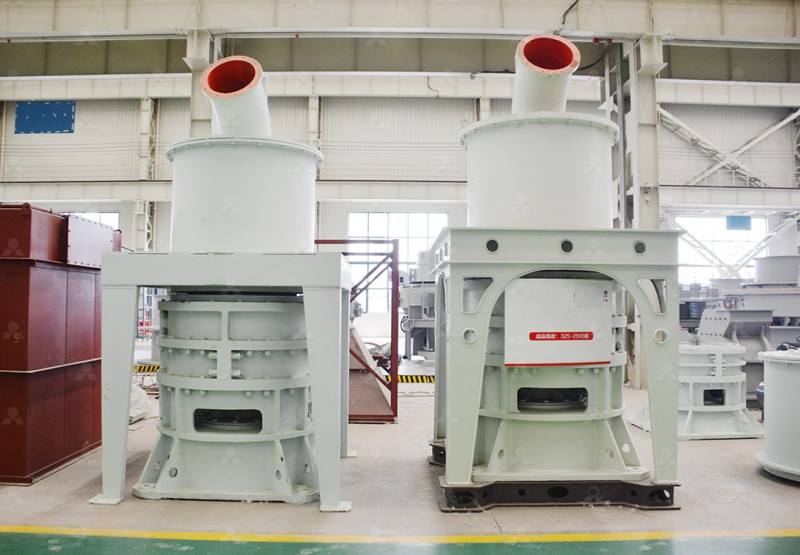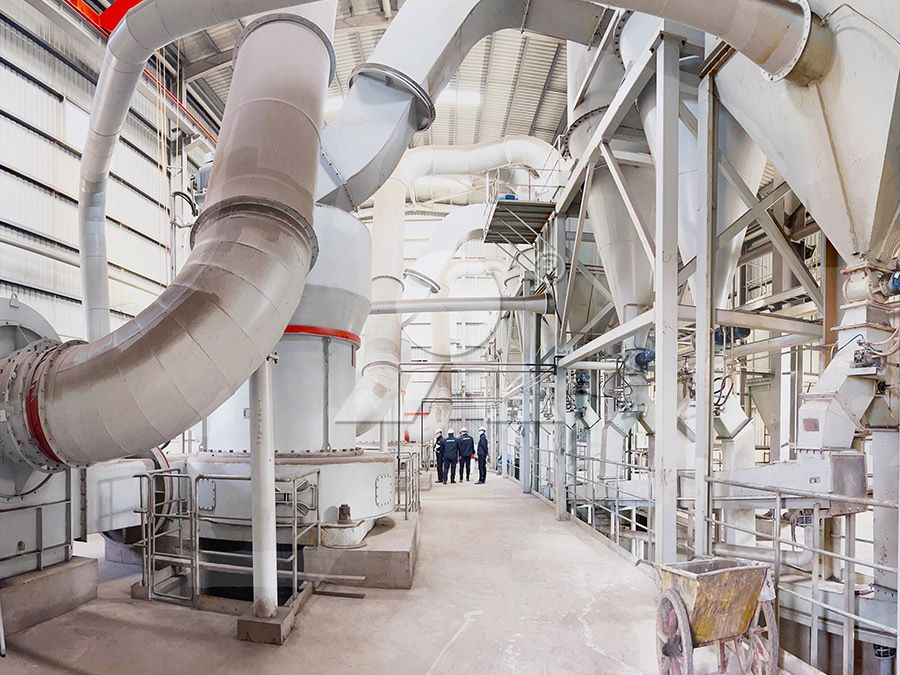3000 Mesh Graphite Grinding Mill: A Comprehensive Guide
Introduction to Ultra-Fine Graphite Grinding
In today’s advanced manufacturing landscape, achieving ultra-fine particle sizes has become crucial across numerous industries. For graphite processing specifically, reaching 3000 mesh represents the pinnacle of grinding technology. This exceptional fineness unlocks enhanced material properties critical for applications in lithium-ion batteries, advanced lubricants, conductive coatings, and high-performance composites.
The journey to 3000 mesh presents significant technical challenges that conventional grinding equipment cannot overcome. Traditional ball mills and Raymond mills simply lack the precision, energy efficiency, and specialized design features necessary for consistent ultra-fine powder production. The limitations become particularly apparent when processing delicate materials like graphite, where preserving crystalline structure while achieving target fineness requires sophisticated engineering solutions.

Technical Challenges in Ultra-Fine Grinding
Producing 3000 mesh graphite powder demands addressing multiple technical hurdles simultaneously. Particle size distribution control becomes increasingly difficult as fineness increases, with the risk of over-grinding certain particles while others remain coarse. Heat generation during the grinding process can degrade material properties, while energy consumption typically increases exponentially as target particle size decreases.
Equipment wear represents another significant concern. The abrasive nature of graphite, combined with the extreme fineness requirements, accelerates component deterioration in conventional mills. Furthermore, dust control and environmental considerations become paramount when handling such fine powders, requiring integrated collection and filtration systems.
Advanced Grinding Solutions for Graphite
Modern grinding technology has evolved specifically to address these challenges. The most effective solutions incorporate multiple technological innovations working in harmony. High-precision classification systems, advanced grinding mechanics, intelligent control systems, and comprehensive environmental protections form the foundation of successful ultra-fine grinding operations.
Among the available technologies, our MW Ultrafine Grinding Mill stands out for graphite processing applications. This advanced system represents a breakthrough in ultra-fine powder production, specifically engineered for materials requiring exceptional fineness and purity. With an input size capability of 0-20 mm and throughput ranging from 0.5 to 25 tph, the MW series delivers remarkable versatility across various production scenarios.

Key Technological Advantages
The MW Ultrafine Grinding Mill incorporates several proprietary technologies that make it ideally suited for 3000 mesh graphite production. Its newly designed grinding curves for rollers and rings significantly enhance grinding efficiency, achieving production capacity 40% higher than jet mills and double that of ball mills at equivalent fineness levels. Meanwhile, system energy consumption drops to just 30% of comparable jet milling systems.
Perhaps most importantly for ultra-fine applications, the mill’s German-designed cage-type powder selector enables precise fineness adjustment between 325-2500 meshes, with the capability to achieve d97≤5μm in a single pass. This precision, combined with the absence of rolling bearings and screws in the grinding chamber, eliminates common failure points and ensures consistent performance.
Environmental and Operational Considerations
Modern manufacturing demands more than just technical performance—environmental responsibility and operational safety are equally important. The MW series addresses these concerns through integrated pulse dust collection and advanced noise reduction systems. The efficient pulse dust collector ensures no dust pollution during operation, while silencers and noise elimination rooms maintain workplace comfort and regulatory compliance.
From an operational perspective, the external lubrication system allows for maintenance without shutdowns, supporting continuous 24-hour production cycles. Combined with digitalized processing that ensures high machining precision for all core components, the system delivers exceptional reliability and minimal downtime.

Application-Specific Configuration
For graphite processing specifically, certain configuration optimizations yield significant benefits. The multi-head cage-type powder selector can be tailored to specific production requirements for yield, fineness, and sieving rate. This flexibility ensures optimal performance whether producing battery-grade graphite with strict purity requirements or industrial-grade materials where throughput takes priority.
The grinding chamber’s unique design, free from internal bearings and screws, proves particularly valuable for graphite applications. This eliminates contamination concerns from worn components and prevents machine damage from loose fasteners—common issues in conventional grinding systems processing abrasive materials.
Frequently Asked Questions
What makes graphite particularly challenging to grind to 3000 mesh?
Graphite’s combination of abrasiveness, laminar structure, and sensitivity to heat requires specialized grinding approaches. Conventional equipment often degrades material properties or fails to achieve consistent fineness.
How does the MW Ultrafine Grinding Mill address heat generation during grinding?
The system incorporates advanced cooling mechanisms and optimized grinding kinematics that minimize temperature rise, preserving graphite’s crystalline structure and material properties.
What maintenance requirements should we anticipate for 3000 mesh graphite production?
The MW series design significantly reduces maintenance needs through its bearing-free grinding chamber and external lubrication system. Typical maintenance involves routine inspection of grinding elements and periodic replacement of wear parts, with most operations possible without production stoppages.
Can the same equipment handle different material fineness requirements?
Absolutely. The adjustable powder selector allows quick fineness changes from 325 to 2500 meshes, making the system versatile for various product specifications and batch requirements.
How does the energy consumption compare to traditional grinding methods?
The MW system consumes approximately 30% of the energy required by jet mills and 50% of ball mill energy consumption for equivalent output, delivering significant operational cost savings.
What safety features protect against dust explosions with fine graphite powders?
The integrated pulse dust collector, negative pressure operation, and explosion-proof configurations provide comprehensive protection against dust-related hazards, meeting international safety standards.
